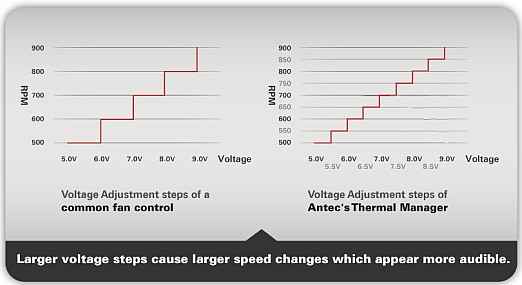Trust on Antec’s Continuous Power – Don’t be fooled!
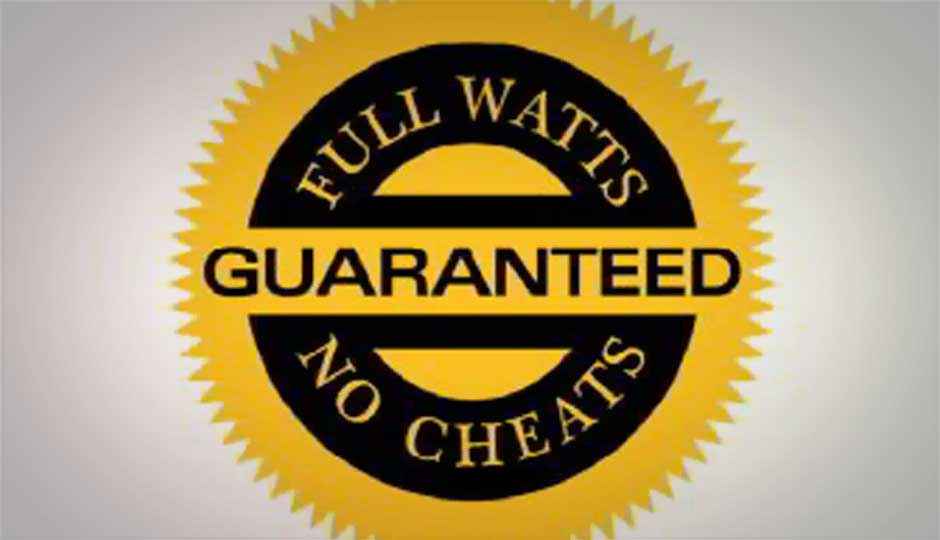
What is Continuous Power?
Even though we don’t like to admit it, but not all power supplies (PSUs) are created equal. Whenever buying any new product, the first thing any consumer does is look at the price; most people think that the higher the price, the better the quality, but ufortunately, this does not always ring true for PSUs.The most important factor to look for in a PSU isn’t the price, it’s what’s inside the PSU that counts.
Most PSUs advertise the wattage they deliver during their peak; in other words, if a PSU is labelled as using 500W, it only uses 500W maximum for a few (milli)seconds before its wattage decreases otherwise it risks overheating, short circuiting, or other kinds of damage. With Antec’s PSUs, we always use Continuous Power, power a PSU can maintain for prolonged periods of time. When we label a PSU as using 500W, it delivers 500W of stable, continuous power to your system without straining over expanded periods of time.
Unfortunately, some companies are too focused on money and too little on quality. Products from such companies will always be there, but we want to help you distinguish between them by yourself. To ensure that you, the consumer, do not fall for such low grade PSUs, we at Antec have deviced to launch our Continuous Power site to educate users on the difference between good and bad PSUs, and how to protect yourself from buying inferior PSUs
Since 1986, we at Antec continue to make great products without cheating our customers and sell only PSUs that continue to have rave reviews by our consumers. As of 2012, we have also been rated as having the lowest return rate in the PSU industry two years running. We at Antec believe in delivering products that not only meet your expectations, but exceed them. Your computing experience should be quiet, efficient, cool and elegant; we don’t believe in compromise, and neither should you. With all our PSUs, we believe in:
PSU Types
In the PSU market, there three different PSU types you should be aware of. Listed below are the types of PSUs you should be looking out for.
Over-rated PSUs
The worst offenders of the PSU market are the ones that that don’t follow through with their advertised wattage. These over-rated PSUs always falsely advertise a higher wattage than they actually use; for example, one PSU may claim to give your system 500W but will actually only give an output of 200W! As you can see, their capabilities are massively over-rated and not worth a cent of your money!
Peak-rated PSUs
While not as bad as Over-rated PSUs, Peak-rated PSUs are not made for hours of prolonged use. These PSUs may claim to be 500W on their packaging, but in truth, they may only offer 400W through hours of expanded use. In truth, these PSUs are measured by the wattage they receive at their peak; in other words, they only achieve their advertised wattage for mere (milli)seconds.
Some PSUs are somewhere in between being Over-rated and Peak-rated while others are close to being Continuous-rated.
Continuous-rated PSUs
These are the ideal PSUs on the market and the ones that Antec solely creates. Unlike Over-rated and Peak-rated PSUs, Continuous-rated PSUs continuously work at the advertised wattage for prolonged periods of time. In other words, if a Continuous-rated PSU is advertised to work at 600W, then the PSU will deliver your system 600W of stable power during prolonged use. If you’re looking to get your money’s worth, then a Continuous-rated PSU is the best option for your system.
Visit page two, to read about “Tricks to Finding a Good PSU,” and more…
The Tricks to Finding a Good PSU
Unfortunately a lot of stores won’t let you open or test a PSU before you buy it, but there are other ways you can tell if a PSU is good or not by looking for a few things from the outside. Check out the below content to learn the tricks, the differences, and the benefits of getting a Continuous-rated PSU.
A box is more than a box, it’s a gateway into the mind of a product. Okay, maybe it’s not really something that grandiose, but you can learn a lot by reading a PSUs packaging. If you’re looking for a PSU that will last your system for years to come, take a look at the following on any PSU packaging:
The Weight of a PSU
Bigger is better, at least when it comes to a PSU’s weight. Generally if a PSU has a lot of components, it will weigh more than one that doesn’t. The more components, the better the PSU.
*There are a few exceptions to this rule like 80 PLUS® PLATINUM certified products which use more lightweight components due to their technologies.
The Number of Safety Logos
Like Mom always said, “It’s better to be safe than sorry.” Mom’s definitely got it right this time, so the more safety logos on a PSU box, the better. Continuous-rated PSUs always have a lot of logos on them such as these:
*If the PSU is 110V or 230V only, it has less logos
**The numbers with some logos are ID numbers & change by manufacturer
The ATX12V revision of the PSU
It may look a bit complicated at first, but it’s really the numbers after the “ATX12V” text that are important. Here are the basic rules for looking at ATX12V revisions:
• The lower the number (=> like ATX12V 1.2 or ATX12V 1.3)
—> the higher the compatibility with older hardware
—> the lower the compatibility with newer hardware
• The higher the number (=> like ATX12V 2.2 or ATX12V 2.3 or ATX12V 2.32)
—> the lower the compatibility with older hardware
—> the higher the compatibility with newer hardware
*Revisions like ATX12V 2.0 or even ATX 2.0 are just made up so it’s best just to ignore PSUs with these numbers altogether. The only existing & correct revisions are:
ATX12V
1.2 – 1.3 – 2.01 – 2.2 – 2.3 – 2.31 – 2.32
older – newer
*Over-rated & Peak-rated PSUs tend to state older ATX12V revision numbers.
PSU Label
With little time to read, it’s safe to assume that the more info you see on a PSU box, the better. You should skim through the info in your native language and make sure it’s grammatically correct to be safe though.
Number of Languages
At the very least, a Continuous-rated PSU has all of its info written in English, French, German, & (Simplified) Chinese. If any of this info is missing in any of these languages, that’s your cue to drop the PSU and run away! (Okay, you don’t have to actually drop it and run away, just don’t buy it.)
And there you have it ladies and gentlemen, the basic tricks on how to look for a new PSU! Trust us, it’s easier than it looks.
Visit page three, to read about the Differences between Continuous-rated PSUs and the Rest
The Differences between Continuous-rated PSUs and the Rest
You shouldn’t buy a new car because of its looks as it might break down after only a month. The same can be said with PSUs. Aside from components, there are other features that set apart Continuous-rated PSUs from the rest of the competition, and these features can determine how long your PSU might be around.
PSU Cooling and Noise
Did you know that a fan’s speed affects the noise your PSU makes? If that’s the case, doesn’t that mean it’s impossible to have a quiet PSU because without a fan, the PSU is going to overheat and kill your whole system. Actually, it’s the change in voltage that causes the PSU noise; sudden changes in the fan’s voltage make the PSUs fan grow louder when its speed increases.
Now if you want a quiet PSU, you’ll want one that gradually increases its voltage and speed over time, such as Antec’s renowned Thermal Manager. With this feature, a PSU’s fan gradually increases its voltage as it picks up speed, allowing it to sound more silent. What you get from this is a pretty quiet PSU without the risk of it overheating. Pretty cool, huh?
Protections
Think of your PSU as a heart for a moment. Like your heart, your whole system will die if your PSU stops working for whatever reason. To ensure this doesn’t happen to you, make sure the PSU you purchase has as many protections as possible. Many of Antec’s PSUs have the CircuitShield™ protection suite, which can include:
Efficiency & the 80 PLUS® program
You wouldn’t throw away money, but a lot of people do it every day because of the PSU they use. If you want to get the most efficient PSU, look for one that has 80 PLUS® certification. Under this efficiency certification, such PSUs lose less than 20% of energy while converting AC current to DC current and thus have at least 80% of power for your PC, saving you money on your electric bill.
If you want to save even more money on your bill, try the 80 PLUS® certification’s Bronze, Silver, Gold, and Platinum levels. Check out how much voltage output they use below:
Unfortunately, this program tests only PSUs, which can operate at 115V. Therefore, any PSU which operates only at 230V cannot be certified, no matter how efficient it is. For example, our VP450P meets the 80 PLUS® STANDARD requirements, but cannot be certified as such.
Universal Input & Single Input PSUs
PSUs, which can operate at both input voltages (110V/115V & 230V), are called universal input PSUs and are typically more expensive than single input PSUs. Older single input PSUs tend to be inferior to universal input PSUs, but newer ones are similar.
The Benefits
Nobody likes it when they’re lied to and neither do we. That’s why here at Antec, we deliver on the promises of our products; if one of our PSUs advertises 400W, then it will give your PC 400W. Don’t just take our word for it, our users agree by awarding us with the lowest RMA rate for the last two years running.
Who says a computer has to be noisy and shouldn’t last? We at Antec don’t; we think your computing experience should be silent and leave you at ease. We continue to be the global leader of computer components thanks to our Quiet Computing philosophy and features like CircuitShield and Thermal Manager.
If you want power then we’ll give it to you, no strings attached. The wattage you see is the wattage you’ll get. From all of us at Antec, we guarantee all our products are FULL WATTS GUARANTEED, NO CHEATS!
Follow the official Antec India Facebook page and Antec YouTube channel for up-to-date information and product videos.

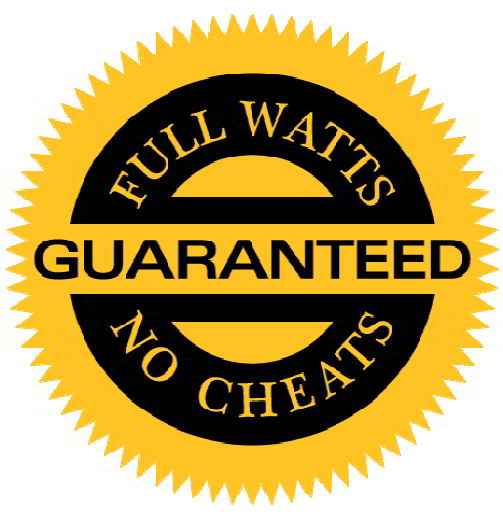
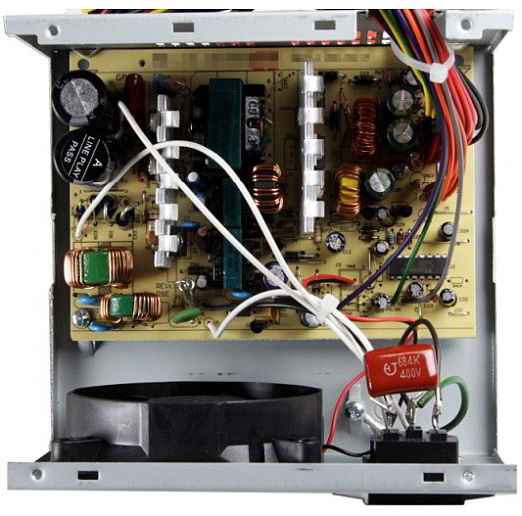
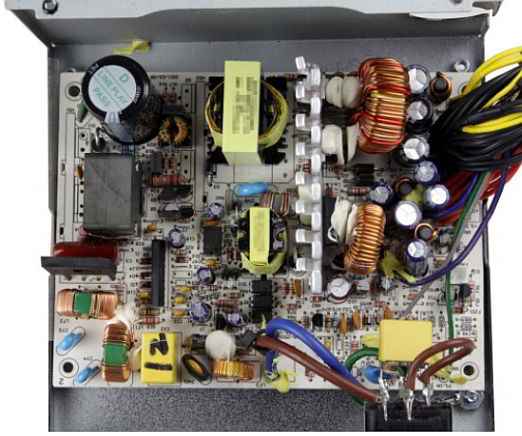
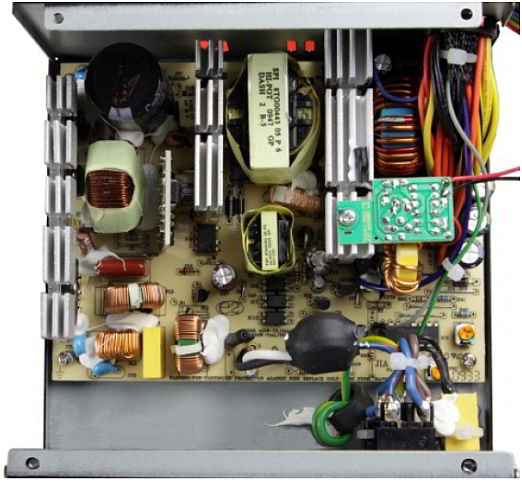
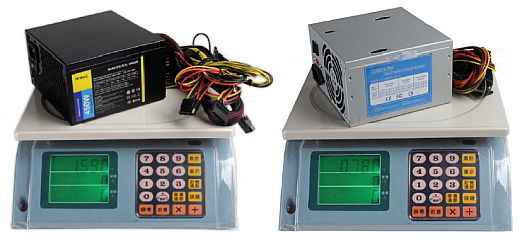

.jpg)

